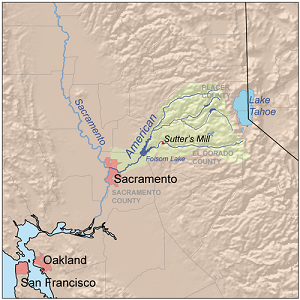Venice
Isles Food Wine and History
A Walking Itinerary of the most famous sights, including St Mark’s Square and Basilica, the
Rialto Bridge, the Doge Palace and the Ponte dei Sospiri.
Venetian Cooking Class our expert
cook will teach you how to prepare the local dishes and entertain you by
analyzing the intriguing fragrances, the exotic origins of some ingredients,
the cooking processes as well as answer your questions about the products being
used. Classes are held in a Palazzo apartment in Venice or in a Liberty Villa
at the Lido beach, a fascinating bathing resort with tall trees and gardens
traversed by several canals.
Reduce Transit Times and Travel Cost on Your Next Trip
Venice wine tasting in a typical bar or in an ancient
Palazzo on the Grand Canal, held by a professional Sommelier presenting various
wines, accompanied by intriguing stories about local history, as you experience
the lifestyle of a Venetian aristocrat.
Escape crowded Venice for a day and unwind on a trip to the islands
of Murano and Burano for a rare glimpse into what Venice used to be; a
community of traditional artisans where skills have been passed down from one
generation to the next for centuries.
Murano’s Ancient
Art of Glassblowing
Burano is famous for its lace making and for the colorful houses crammed
along its canals, so painted by fishermen who wanted to spot their homes from a
distance. Visit a small building where women sit stitching lace the
old-fashioned way, just as their mothers and grandmothers did. Also, take time
to admire the delicate lace in the museum, shop or wind your way along the
kaleidoscopic streets.
Wine Tasting enter the fascinating Venetian back country and discover the Regional
Park of the Euganean Hills, a natural area dotted with small villages,
vineyards and typical osterie. Visit a family-owned wine cellar and taste its
sparkling wines and the local genuine products. Experience the amazing ancient
village of the Poet Petrarca, unchanged since the 14th century.
A Journey
into the Venetian Past































